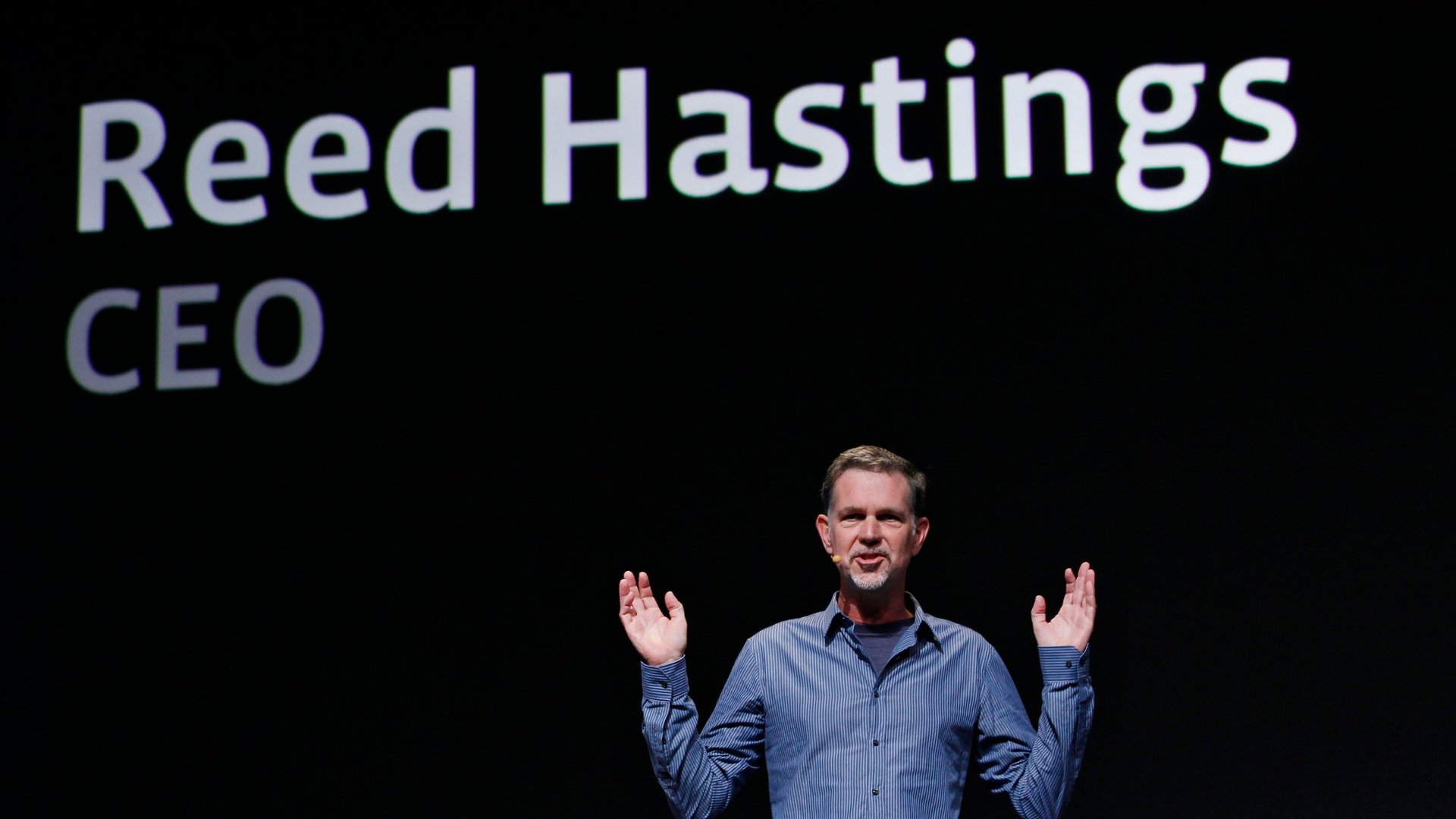Entrepreneurial advice from the co-founders of Netflix and Instagram
Stanford faculty, students, and alumni have founded more than 39,000 companies and nonprofits since the 1930s, ranging from tech giants like Hewlett-Packard and Cisco Systems to retailers like the Gap, and much newer nonprofits such as Noora Health and Embrace.


Stanford faculty, students, and alumni have founded more than 39,000 companies and nonprofits since the 1930s, ranging from tech giants like Hewlett-Packard and Cisco Systems to retailers like the Gap, and much newer nonprofits such as Noora Health and Embrace.
How does Stanford foster innovation? “You create an environment where creativity flourishes, where innovation can happen. You create an incubator, a place that inspires students and faculty to reach for the stars and do something different,” Stanford President John Hennessy said at a recent symposium on entrepreneurship held as part of the ongoing commemoration of the university’s 125th anniversary.
“Celebrating Founders” featured a panel of five founders or co-founders of innovative companies:
- Jessica Jackley, MBA ’07, of microlending website Kiva
- Kiah Williams of SIRUM, a nonprofit that redistributes unused, unexpired drugs to clinics
- Mike Krieger of Instagram, the popular photo-sharing service
- Reed Hastings of movie streaming service Netflix
- Tristan Walker, MBA ’10, of Walker & Co., which distributes health and beauty products targeted at consumers of color
They spoke about why they became entrepreneurs, what it means to fail, and the job of the CEO. Here are some highlights of that discussion.
Know who’s the boss
Silicon Valley loves “flat” organizations and touts its egalitarian ethos. But when an idea becomes an actual company, “someone needs to be the CEO,” said Mike Krieger. That’s true of any company, but it takes on a particular urgency when two or more people wear the mantle of co-founder. “Somebody actually needs to end up deciding and moving forward. I’ve seen a lot of relationships go south where they weren’t able to do that,” he said.
Celebrate the small wins
Entrepreneurship can be lonely, and difficult times come to every startup, said Kiah Williams. “You better celebrate the small wins and the small victories because there are dark times. And I think in those dark times, you want people who you can have a beer or several shots with,” she said.
But look for the next win
When a company hits an important milestone, a bit of celebration is in order, said Reed Hastings. But it’s the leader’s job to set the agenda and look to more improvement. “And the thing I remind people, employees, all the time is, ‘We’re really good compared to five years ago, but we suck compared to what we’re going to be in five years,’” he said.
The job of the CEO is also to be critical, said Williams. “I’m like Debbie Downer. I literally get called the Debbie Downer of our team because I’m the one who pokes holes in stuff all of the time,” she said.
Know when to fold
No one likes to admit defeat, said Jessica Jackley, who has founded two companies in her young career: Kiva, which is thriving, and ProFounder, which did not survive. ProFounder aimed to bring crowd-sourced funding to early-stage startups. As they prepared to launch, the JOBS Act, which eased restrictions on funding and disclosure of new public companies, rendered ProFounder much less relevant.
Jackley and her co-founder had to either pivot to a different business plan or let the company die. “The goal is to see what’s going on and stay alive,” she said. “And we sort of had this come-to-Jesus moment where my co-founder and I looked at each other, and we’re like, ‘Are we ready to do this?’” The co-founders realized that the odds were too long, and that was the end of ProFounder.
Do what you love
Time is your most precious asset, Williams said. “You should just do stuff that you enjoy, do stuff that you love, and don’t waste your time on things that you just know aren’t going to make you happy or aren’t going to meet whatever life goals that you have. Be an entrepreneur for your own life,” she said.
Hastings said his vision of a product that excited him was the motivation to start Netflix and Pure Software. “And for me, it’s like what they say about being a writer, that you should only do it if you can’t imagine any other thing.”
Profits and idealism are compatible
Entrepreneurship and social impact seemed incompatible to Jackley. Indeed, entrepreneurs seemed “like gang leaders, the worst of the worst, because they were starting companies for profit,” she said. But she realized that separating for-profit and nonprofit ventures was “a false dichotomy. It took me a while to come around to the idea of entrepreneurship being something that could help individuals living in poverty.”